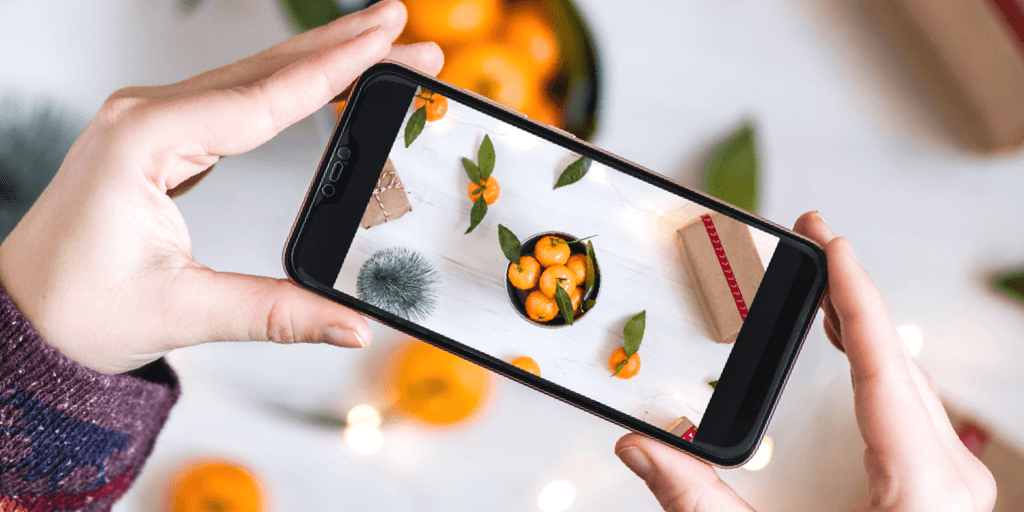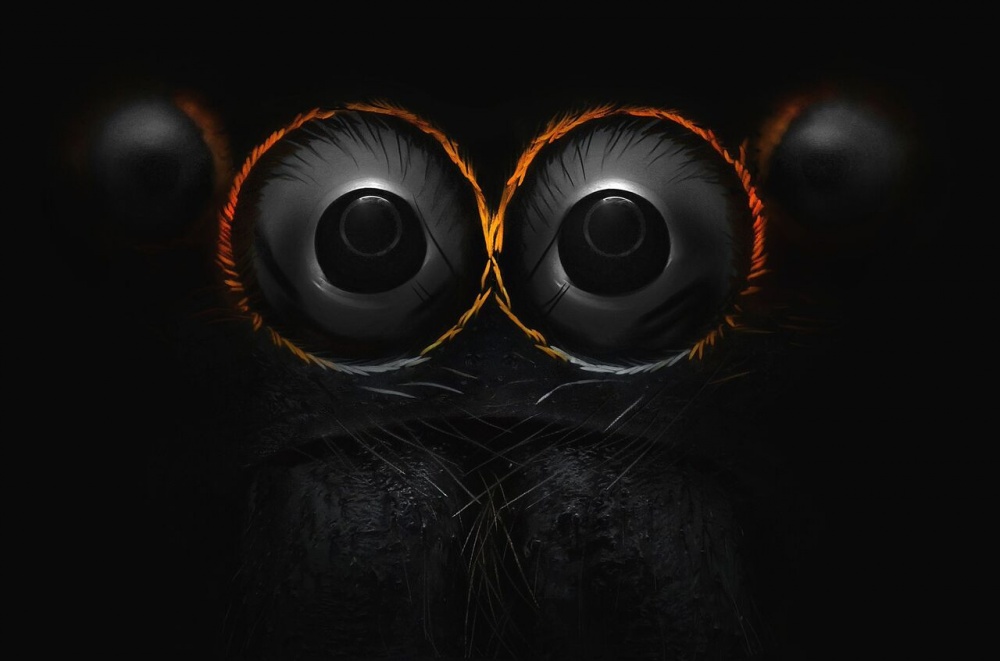Everyone has an iPhone these days, and whether your iPhone came with a pretty decent camera or not, there’s no reason to stick with the default iPhone camera app. The iPhone is good for so much more than just taking photos of your food before you eat it, but if you want to do much better than what the iPhone gives you by default, here are some tips for how to take best photos with your iPhone!
1. Get rid of stock Camera app
First things first – get rid of Apple’s own Camera app that comes on all iPhones. It does have some premium features like stabilisation etc., but honestly they’re unnecessary for most users who know nothing about photography. First up – open Settings > Photos & Camera > OFF “Auto-Enhance”. This feature is pretty useless since it makes your iPhone’s camera AI-like. It tries to enhance the photo on its own, but usually messes up the colours. Secondly – open Settings > Photos & Camera > More and toggle “Keep Normal Photo” off. This ensures that whenever you take a photo, it doesn’t get saved in the iPhone’s memory with all enhancements applied, wasting precious iPhone storage space. When you want to apply enhancements later on, do so using Apple’s default Photos app which comes with iPhone – no need for Camera+ or ProCam which are third party apps!
2. Set iPhone camera exposure manually
While taking photos of still objects in even light works fine most times when iPhone does everything automatically, iPhone may struggle when it comes to light in motion. Scenes that iPhone camera doesn’t quite get right include photographing objects or people in low light, or if you’re taking photos of bright objects like the sky. Here’s what iPhone does – it makes the photo mostly dark even though there is some available light, since iPhone wants to make sure that there are no blown-out highlights (when something white is way too bright). Sometimes iPhone might also try to overcompensate by making the whole image really bright and grainy, exposing for highlights at the cost of shadows (which become very dark).
Instead of letting iPhone handle everything for you, manually adjust exposure on your iPhone before you take a picture. Try tapping to focus an area that’s well lit (and preferably not too bright) to avoid iPhone making the whole image dark, or tap and hold on an area that is really dark so iPhone exposes just for it. iPhone does a good job at this provided you give iPhone enough time to adjust before locking exposure by tapping somewhere else, so don’t rush iPhone!
3. Choose right scene mode for your photo
Scene modes are another feature that comes with Apple’s default Camera app that most iPhone users never use – they just leave everything set to “Auto” under Scenes. By default iPhone takes photos in “Auto”, which works well most times since iPhone camera figures out what scene is best depending on the lighting conditions around you, but sometimes Auto might make your photos over-bright, or iPhone sometimes gets it wrong and may take longer to adjust. iPhone’s built-in scene modes let you pick what kinds of photos iPhone takes – if there is a lot of snow around for example, use “Snow” mode under Scenes so iPhone knows to expose for bright objects instead of dark surfaces. Or if you’re trying to photograph a night time view with some bright lights in the background iPhone will try and make it look like daytime, but “Night” mode tells iPhone that it should expose just for the lights and not for anything else.
4. Get rid of that digital zoom
As much as iPhone camera lets you digitally zoom into your photo after having taken it (just by tapping on the screen), this feature is pretty useless since it reduces quality of the photo. iPhone’s camera has a pretty bad digital zoom, and when you’re taking a close-up shot iPhone crops in on what you’ve already captured without using any optical zoom – after all, iPhone is about portability! iPhone does make up for this by having dual lenses on iPhone 7 Plus, but with iPhone 6/6S/SE/7 it is best to avoid zooming when taking photos.
5. Take both photos and videos from iPhone camera in RAW
As much as JPEGs are fine most times especially when you know they can be shared easily across social media platforms, there is nothing better than having uncompressed originals ready to edit if required. To take photos in RAW format open Apple’s stock Camera app, tap on the iPhone’s screen to bring up iPhone’s menu, tap on “Format” and then select “RAW+JPEG”. iPhone will save both a JPEG and RAW copy of your photo. To take videos in RAW format under iPhone 8 and iPhone X models, just open iPhone’s video mode in Apple’s stock Camera App and change quality from “High” or “Auto” to either 4K or 1080p depending on which you were previously recording at. Under iPhone 7 Plus there is no such option since it has dual lenses so iPhone records in both formats regardless of what resolution you choose – 2160p when using its wide angle lens and 1080 when using its telephoto lens.
6. Get creative with iPhone’s Live Photos
Live Photos are iPhone’s version of moving photos, and they have been around since iPhone 6S. To turn a regular photo into a live photo so you can view it as one tap on iPhone’s screen to bring up iPhone’s menu, then select “Loop” under Live Photo. The best part about these is that iPhone records sound with them too. If you want to take images in iPhone that move before and after you press the shutter button (and play sound too), go to Settings > Camera and switch “Live” to ON (it was called “LIVE” earlier but Apple changed it recently).
7. Take good selfies
Selfies! They’ve become such an obsession now we even hear of people getting plastic surgery to look better when taking these photos! iPhone’s camera is pretty good at facial recognition and can help you take photos with auto-focus – iPhone figures out that the face in frame is closest to iPhone and focuses on it. iPhone takes selfies in burst mode (just like photos) so if there are multiple faces iPhone will pick the one who’s closest and focus on it rather than making everything in frame crisp and clear.
8. Take Panorama shots
These iPhone automated features make capturing panoramic shots a breeze:
9. Use ProCamera App for manual controls
The best third party app in terms of manual controls for iPhone has to be ProCamera, which comes with loads of options not available on Apple’s stock Camera app. If you want iPhone photos that look like DSLR shots, try running both the stock Camera app and ProCamera alongside each other. You can also use this one to take RAW iPhone photos as well, though it’s a paid app!
10. Get creative with iPhone’s Filters
iPhone has some really nice filters for iPhone photos which give them a retro feel. To access these open your camera from iPhone’s home screen and swipe right until you see a “light bulb” icon – tap on that and select any of these filters.


